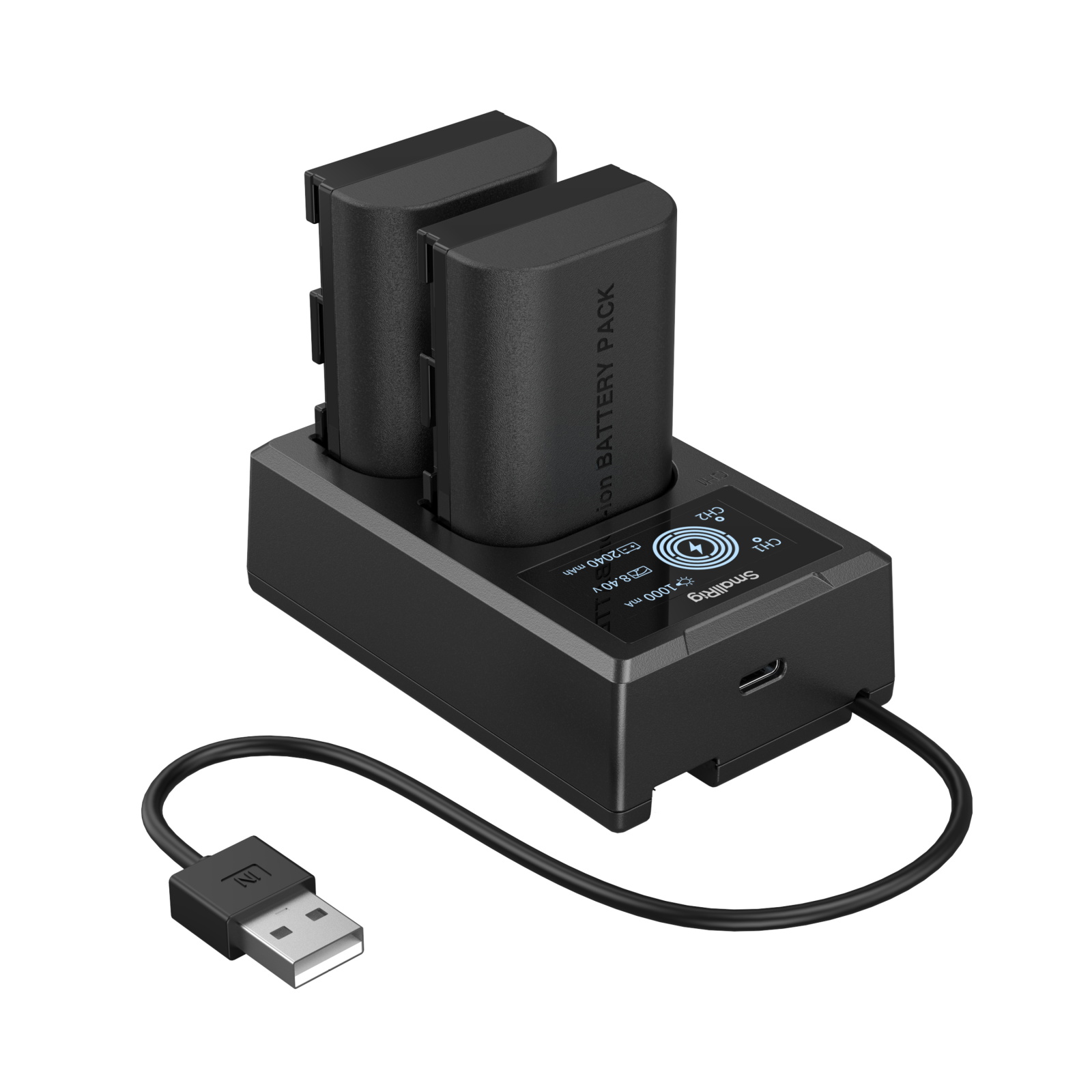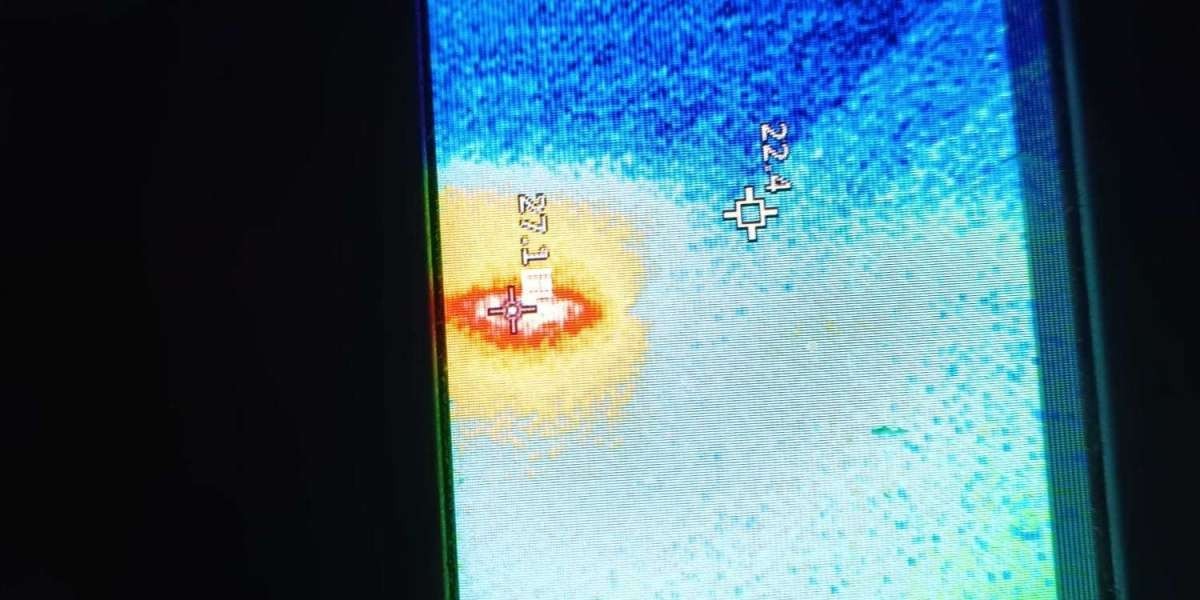Unlock Your Creativity: Discover the Perfect Canon Battery for Stunning Shots!
When it comes to photography, having the right tools is essential, and one of the most critical components of your camera kit is the battery. For Canon users, selecting the right battery can significantly enhance your creative experience, ensuring that you never miss a moment. A reliable battery not only provides consistent power but also boosts your confidence while shooting, knowing that your camera will perform when it matters most. In this article, we will explore the different types of Canon batteries available, factors to consider when making your selection, maintenance tips to extend battery life, and dispel some common myths about camera batteries. Whether you are a seasoned photographer or just starting, understanding these aspects will guide you in choosing the perfect Canon battery for your needs.

Understanding Canon Batteries
Canon batteries come in various types, primarily designed for different camera models. The most commonly used batteries include lithium-ion batteries, which are favored for their high energy density and lightweight design. Canon's proprietary battery series includes models like the LP-E6 and LP-E17, each tailored for specific cameras. For instance, the LP-E6 is often found in mid-range DSLRs, while the LP-E17 is used in compact mirrorless models. Understanding the specifications of these batteries is crucial; they typically have varying capacities measured in milliamp hours (mAh), which directly impacts how long you can shoot before needing a recharge. Higher capacity batteries will last longer, making them ideal for extensive shoots or travel. Additionally, it’s essential to ensure compatibility with your camera model, as using the wrong battery can lead to performance issues or damage. By choosing Canon batteries specifically designed for your camera, you can enjoy features like optimized power usage and reliable performance that third-party alternatives may not provide.
Factors to Consider When Choosing a Canon Battery
When selecting a Canon battery, several key factors come into play. First and foremost is battery life; you want a battery that will last throughout your shooting session without needing constant recharges. Look for batteries with a higher mAh rating, which translates to more shooting time. Next, consider the recharge time. Some batteries take longer to recharge than others, affecting your workflow during busy shooting days. If you're frequently on the go, a battery with quick recharge capabilities will be a significant advantage. Environmental considerations also matter. If you often shoot in extreme weather conditions, look for batteries designed to withstand temperature fluctuations. Cold weather can drain batteries quickly, so having a backup or a weather-resistant option can be beneficial. Lastly, think about your shooting style. If you shoot a lot of video or burst mode photography, you may need a battery that can handle higher power demands consistently. By considering these factors, you can make a more informed decision that aligns with your photographic needs.
How to Maintain Your Canon Battery for Longevity
Proper maintenance of your Canon battery can significantly extend its lifespan and maintain its performance. Start with storage; always keep your batteries in a cool, dry place when not in use. Heat and humidity can damage the battery cells, leading to a reduced lifespan. Charging is another critical aspect. Avoid overcharging your battery; once it's fully charged, unplug it to prevent unnecessary wear. Additionally, try to keep your battery charged between 20% and 80% for optimal health rather than letting it drain completely or charging it to 100% every time. Usage guidelines also play a role in battery longevity. If you're not planning to use your camera for an extended period, consider removing the battery and storing it separately. Regularly check the battery’s health and cycle it occasionally if it hasn’t been used in a while. By following these maintenance tips, you can ensure that your Canon battery remains reliable and ready for action when you need it.
Common Myths About Camera Batteries
There are several myths surrounding camera batteries that can mislead users. One common misconception is that you should always drain your battery completely before recharging it. In reality, lithium-ion batteries do not require this practice and can actually benefit from being charged frequently. Another myth is that all third-party batteries perform just as well as the original ones. While some may work adequately, they often lack the quality control and optimization that comes with original batteries, which can affect performance and safety. Lastly, many believe that cold weather will instantly ruin a battery. While cold temperatures can affect performance, many modern batteries are designed to function adequately in various conditions if properly maintained. Understanding these myths can help you make informed decisions about your camera battery usage.
Making the Right Choice for Your Photography
In conclusion, selecting the right Canon battery is crucial for enhancing your photography experience. By understanding the different battery types, considering essential factors, and implementing proper maintenance techniques, you can ensure optimal performance and longevity. Remember to dispel common myths that may lead to poor battery management. Investing in a high-quality Canon battery will not only prepare you for your next shoot but also empower your creative vision. Make informed choices, and watch your photography skills flourish with every click!








